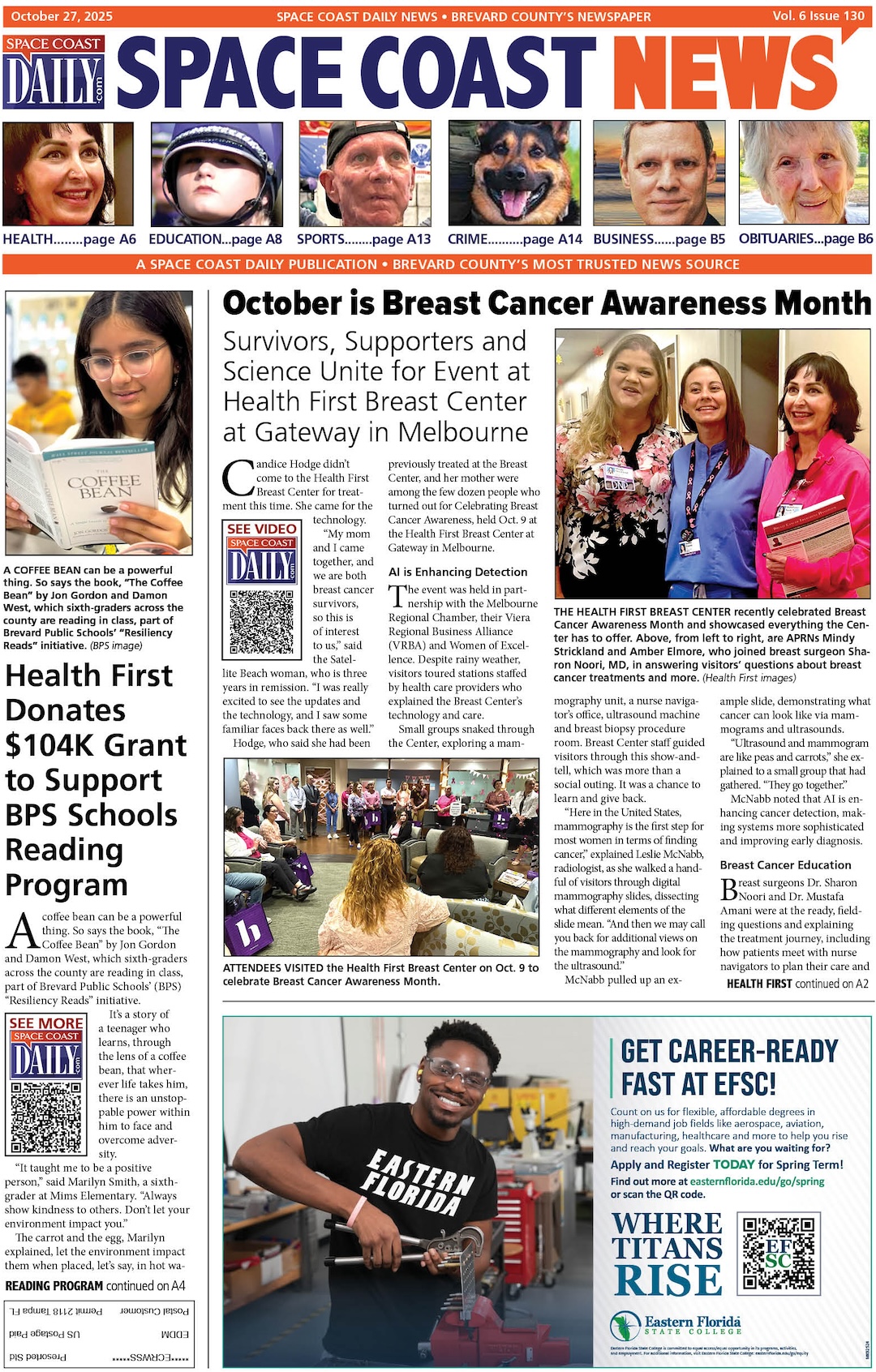Labor Day Holiday Dedicated to Achievements of American Workers, is Unofficial End of Summer
By Space Coast Daily // September 1, 2025
roots of Labor Day date back to 1882
WATCH: While you take your three-day weekend, remember those who struggled to get Friday and Saturday off. (HISTORY video)

Labor Day, observed on the first Monday in September, is a federal holiday in the United States dedicated to recognizing the achievements and contributions of American workers.
Established in the late 19th century amid a growing labor movement, the holiday has become both a time for celebrating labor rights and the unofficial end of summer across the country.
The roots of Labor Day date back to 1882, when the Central Labor Union of New York organized the first Labor Day parade in Manhattan to showcase the strength and solidarity of the labor movement.
Trade unionists pushed for a national holiday, and by 1894, following the nationwide Pullman Strike, Congress passed legislation designating the first Monday in September as Labor Day. President Grover Cleveland signed the bill into law, and the tradition quickly spread across the nation.
Before it was federally recognized, more than 30 states had already adopted Labor Day as a public holiday.
While the September observance took hold in the U.S., many other nations chose May 1—known as May Day or International Workers’ Day—as the date to honor labor movements. That date traces back to the Haymarket affair of 1886 in Chicago, when protests for an eight-hour workday turned violent.
To avoid connections to radical and socialist causes tied to May 1, U.S. leaders instead promoted September’s more moderate holiday.
The origins of Labor Day are still a matter of debate. Some historians credit Matthew Maguire of the Central Labor Union for proposing the holiday, while others point to Peter J. McGuire of the Federation of Organized Trades and Labor Unions, who reportedly suggested the first Monday in September as an ideal time for parades and picnics, midway between Independence Day and Thanksgiving.
Over time, Labor Day became both a celebration of the labor movement’s victories and a cultural milestone. Parades, speeches, and picnics became central to the holiday, often with labor leaders highlighting the importance of fair wages, safer working conditions, and shorter work hours.
In 1909, the American Federation of Labor introduced “Labor Sunday” to emphasize the spiritual and educational aspects of the movement, though it never gained widespread popularity.
Today, the holiday carries dual significance. It continues to honor the role of workers in building the nation, while also serving as a seasonal marker. Known as the “unofficial end of summer,” Labor Day weekend sees millions of Americans traveling, attending barbecues, or enjoying outdoor events before the start of school and the fall season.
Sports also play a major role: college football traditionally kicks off during the holiday weekend, while the NFL season begins shortly afterward. Major racing events, such as the Southern 500 NASCAR race in South Carolina and the NHRA U.S. Nationals in Indiana, are also staples of the weekend.
The day has even shaped American culture and traditions. For much of the 20th century, fashion etiquette dictated that white clothing should not be worn after Labor Day, though this rule has faded in modern times. In states like Minnesota and Virginia, school schedules were long influenced by Labor Day, with classes starting after the holiday to allow families to participate in fairs and tourism before summer ended.
Labor Day remains one of the nation’s most widely observed holidays, with celebrations ranging from large-scale parades in New York City to free concerts at the U.S. Capitol.
More than a century after its founding, the holiday continues to celebrate the legacy of American labor while providing families with one last chance to enjoy the end of summer.

CLICK HERE FOR BREVARD COUNTY NEWS













